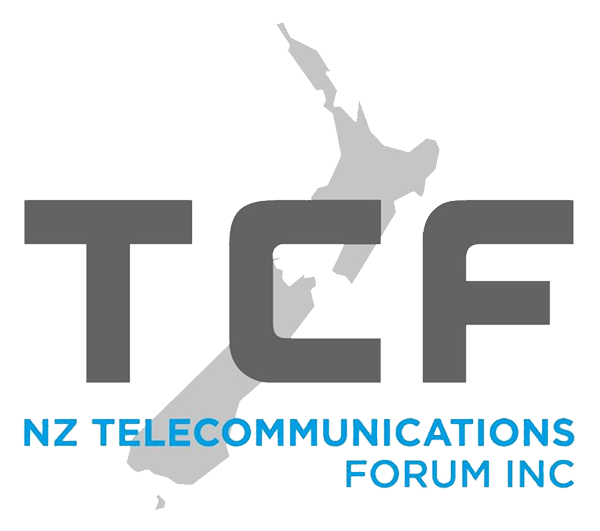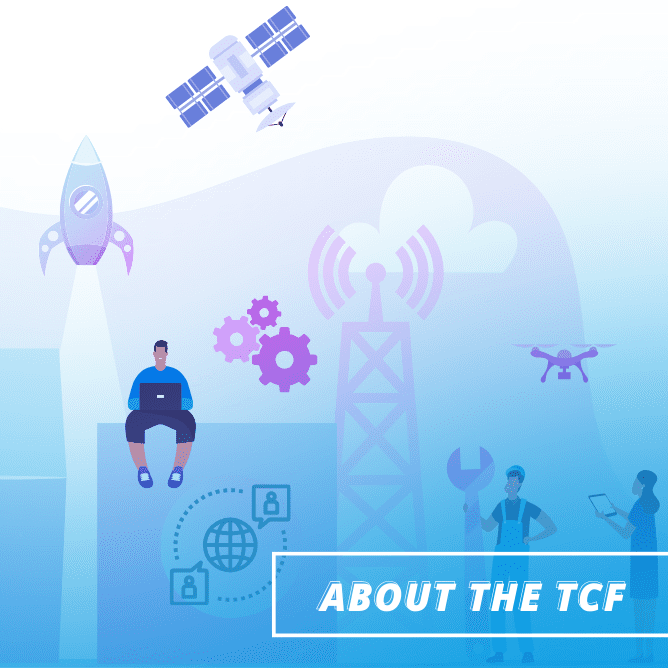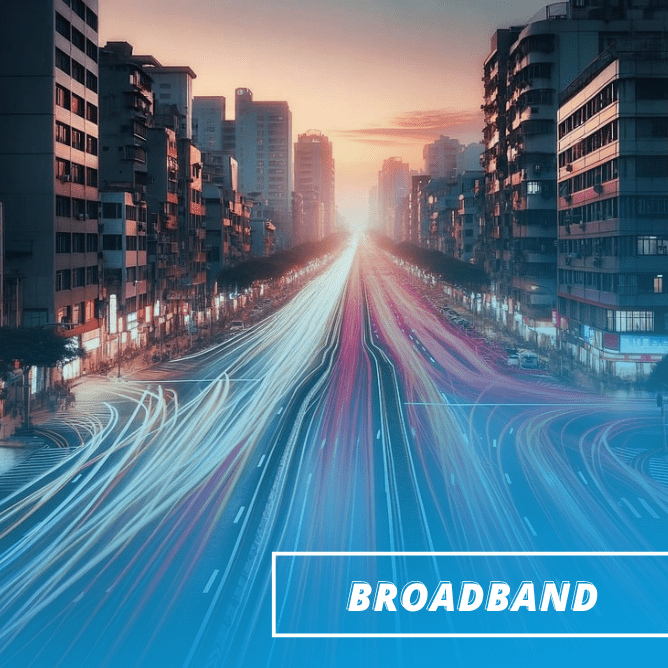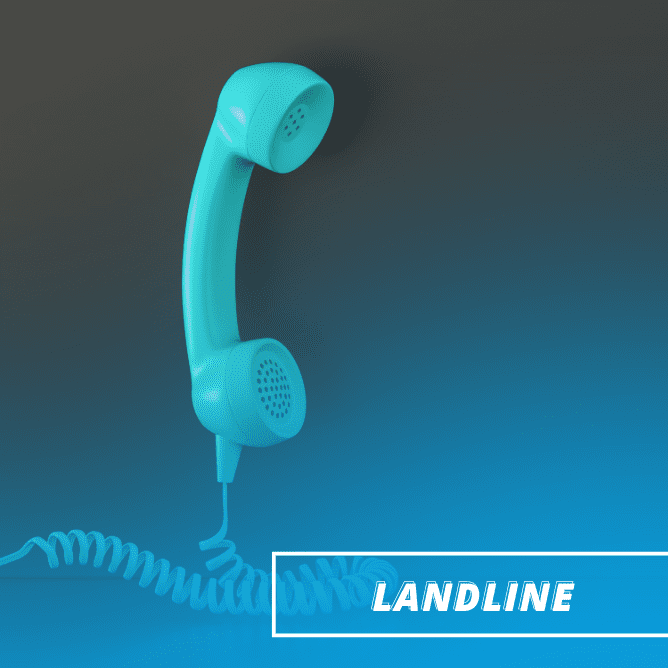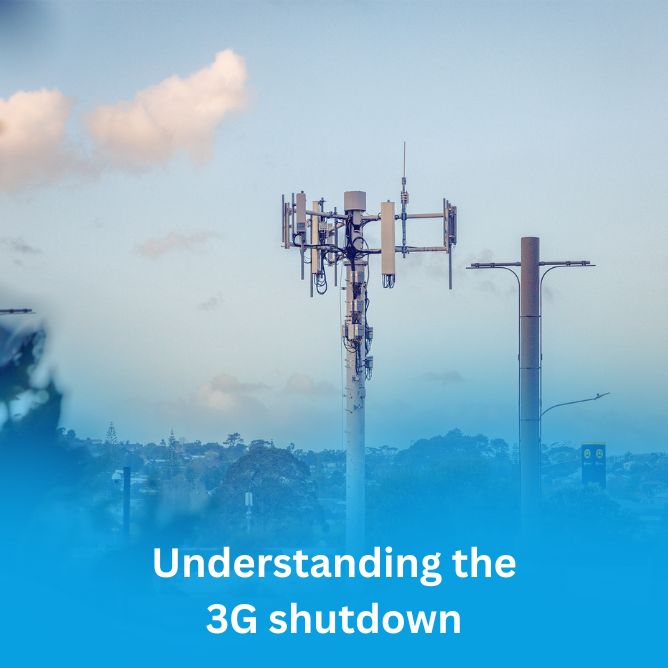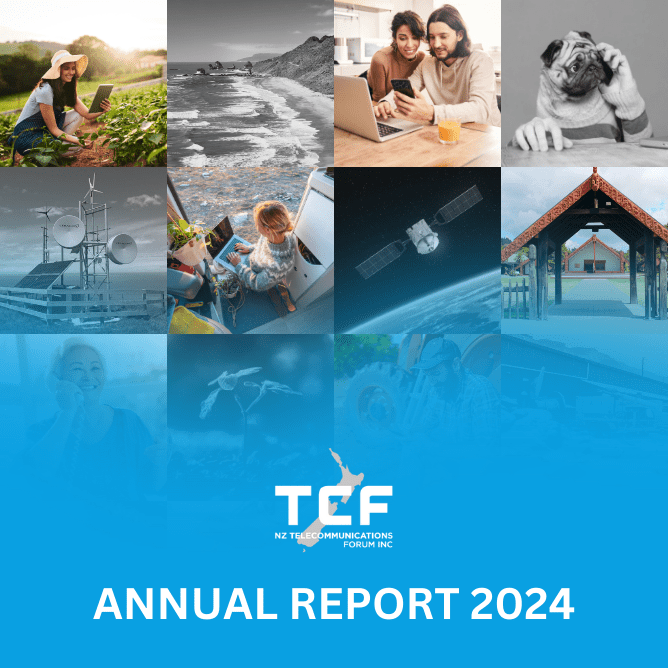Industry codes
Home » Industry hub » Industry codes


Customer Experience
To ensure that the information about the technical and performance characteristics of the broadband service is presented in a clear, accurate and up-to-date way.
Broadbrand Product Disclosure Code
To allow consumers to easily compare broadband plans between service providers.
To ensure consumers are able to make informed decisions when transitioning away from their existing copper-based services.
To enable the prompt, effective resolution of customer complaints and to identify systemic issues arising from disputes and determinations.
Customer Transfer Code for Fibre Services
To define the processes that a service provider must adhere to when transferring a customer’s fibre telecommunications services between service providers.
Customer Transfer Code for Regulated Services
To define the processes that a service provider must adhere to when transferring a customer’s regulated telecommunications services consistent with the purpose and provisions of the Telecommunications Act.
To provide fair and consistent disconnection policies to service provider’s residential customers.
To define installation standard and sets out clear expectations for customers during the installation process.
International Revenue Share Fraud Guidelines
To reduce or eliminate the incidence and effects of international revenue share fraud (IRSF) on New Zealand Telecommunications Service Providers and their Customer.
To reduce the volume of Call Scams by stopping them as close as possible to their source.
To enable a cooperative approach to co-siting radio-communications equipment.
Infrastructure and Connections
IP Interconnection for Voice Technical Standards
To provide a baseline Network-to-Network Interconnection standard that enables New Zealand network operators to interconnect IP networks, primarily for the carriage of Voice over Internet Protocol calls.
To provide recommendations for installers involved in providing generic or structured cabling (including fibre optic) for telecommunications services in residential and business premises.
Principles for New Subdivision Telecommunications Infrastructure
To provide Territorial Authorities with guidelines for minimum standards for telecommunications infrastructure for new subdivisions.
To create an industry framework to enable service providers to interact with Local Fibre Companies (LFCs) in a consistent manner when ordering and provisioning fibre products and services.
UFB Ethernet Access Services Standards
To provide an industry agreed baseline and framework for UFB Ethernet Access Layer 2 services.
VoIP Interoperability – ATA Standard
To enable a New Zealand Voice Service Provider to offer a telephony service to customers served by an analogue telephone adaptor (ATA) using the UFB network.
Community Engagement Guidelines for New Wireless Facilities
To improve engagement with people adjacent or near the location of new or upgraded wireless facilities.
Mobile Phone Services
IMEI Handset Block Listing Code
To discourage the theft and fraudulent acquisition of mobile handsets and disrupt the operation of illegal markets dependent on such activity.
International Mobile Roaming Code
To help raise awareness of consumers of IMR services about tariffs and likely costs for mobile roaming.
Mobile Messaging Services Code
Encourage the responsible delivery of Messaging Services that are compliant with legal and regulatory obligations.
To ensure standardise data is used by third parties when presenting mobile data to consumers through a mobile comparison online tool or app.
REMOBILE Mobile Phone Recycling Scheme
To provide an avenue for anyone in New Zealand to donate unwanted mobile phones for re-use or recycling.
Public Services
To specify call quality and customer information standards for voice calls to emergency services to improve the delivery of emergency calls and promote user confidence in emergency services calling.
Interception Capability Guide for TICSA
To assist network operators and service providers compliance with the Telecommunications (Interception Capability) Act in an efficient, timely and cost effective manner.
Code for Control of Unauthorised Use of Mobile Phones in Prisons
To provide an agreed basis upon which the unauthorised use of mobile phones in prisons can be controlled through the use of interference generating transmitters or “jammers”.
Stay up-to-date
